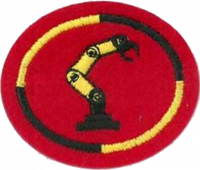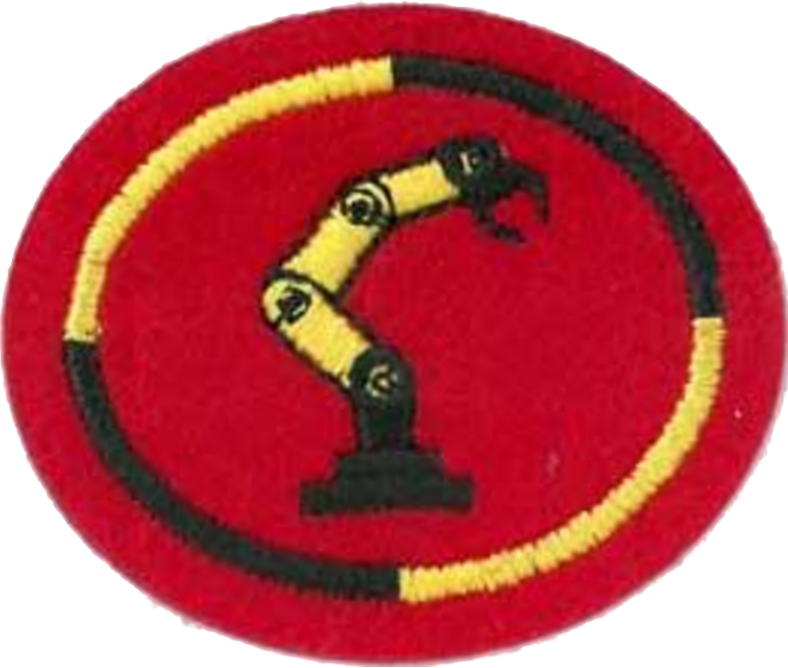Difference between revisions of "AY Honors/Robotics/Requirements/en"
(Updating to match new version of source page) |
(Updating to match new version of source page) |
||
| Line 99: | Line 99: | ||
<section end=challenge /> | <section end=challenge /> | ||
<section end=Body /> | <section end=Body /> | ||
| − | |||
| − | |||
| − | |||
| − | |||
Latest revision as of 21:41, 21 July 2022
1. Define the following terms:
- a. Robotics
- b. Automation
2. Briefly describe three examples on how the use of robotics and automation has made an impact on society.
3. Briefly describe the following tools:
- a. Robotic control systems
- b. Motion Control
- c. Programmable Logic Controller (PLC)
4. Define computer vision. Give three practical examples of its use.
5. Describe and give an example of each of the following types of robotic motion:
- a. Rolling
- b. Swimming
- c. Walking
- d. Flying
- e. Climbing
6. Describe what is used as a power source for most robotic applications.
7. Describe, draw, or show pictures of a ballbot.
8. List four advantages and four disadvantages of automation. Briefly describe each.
9. Define and give two practical illustrations on the following types of automation:
- a. Home
- b. Auto Manufacturing
- c. Industrial
- d. Mining
- e. Retail
10. Become familiar with any FAA (or equivalent body) regulations governing the operation of robots (including drones) in your locality.
11. Discuss with a group the biblical context of the following texts as they relate to the field of automation and robotics:
- a. Genesis 1:27
- b. Psalm 139:14
- c. Proverbs 1:1-7
- d. 1 Corinthians 2:16
12. List and discuss the relevance of Isaac Asimov’s three rules governing robots.
13. Research ideas on robotic construction projects. Based on your research, construct and successfully operate a robot from a kit.


